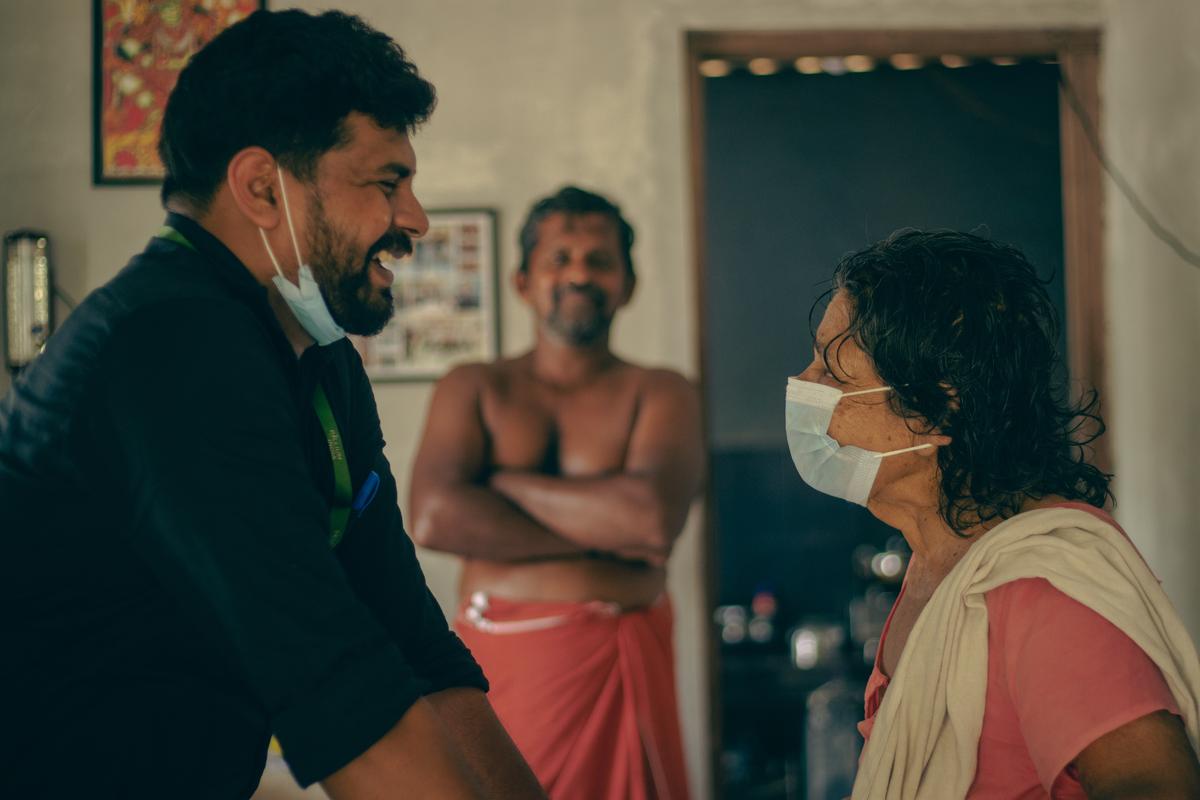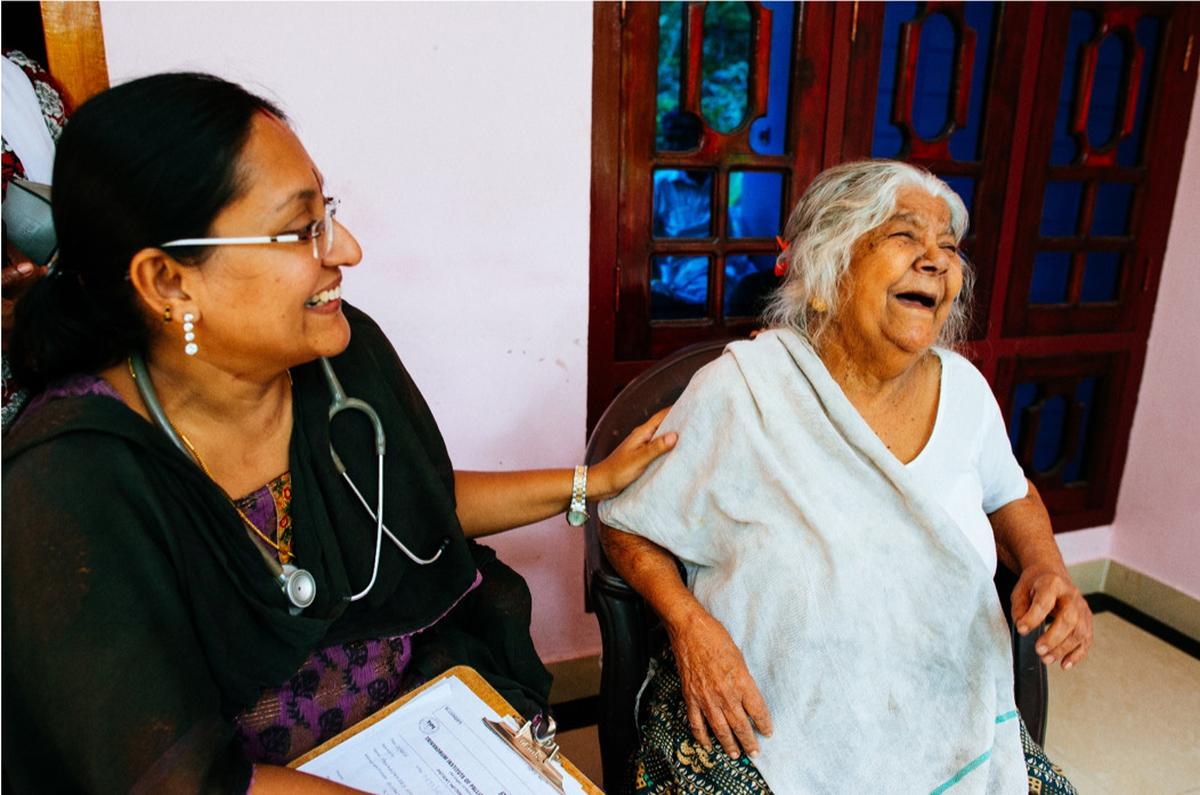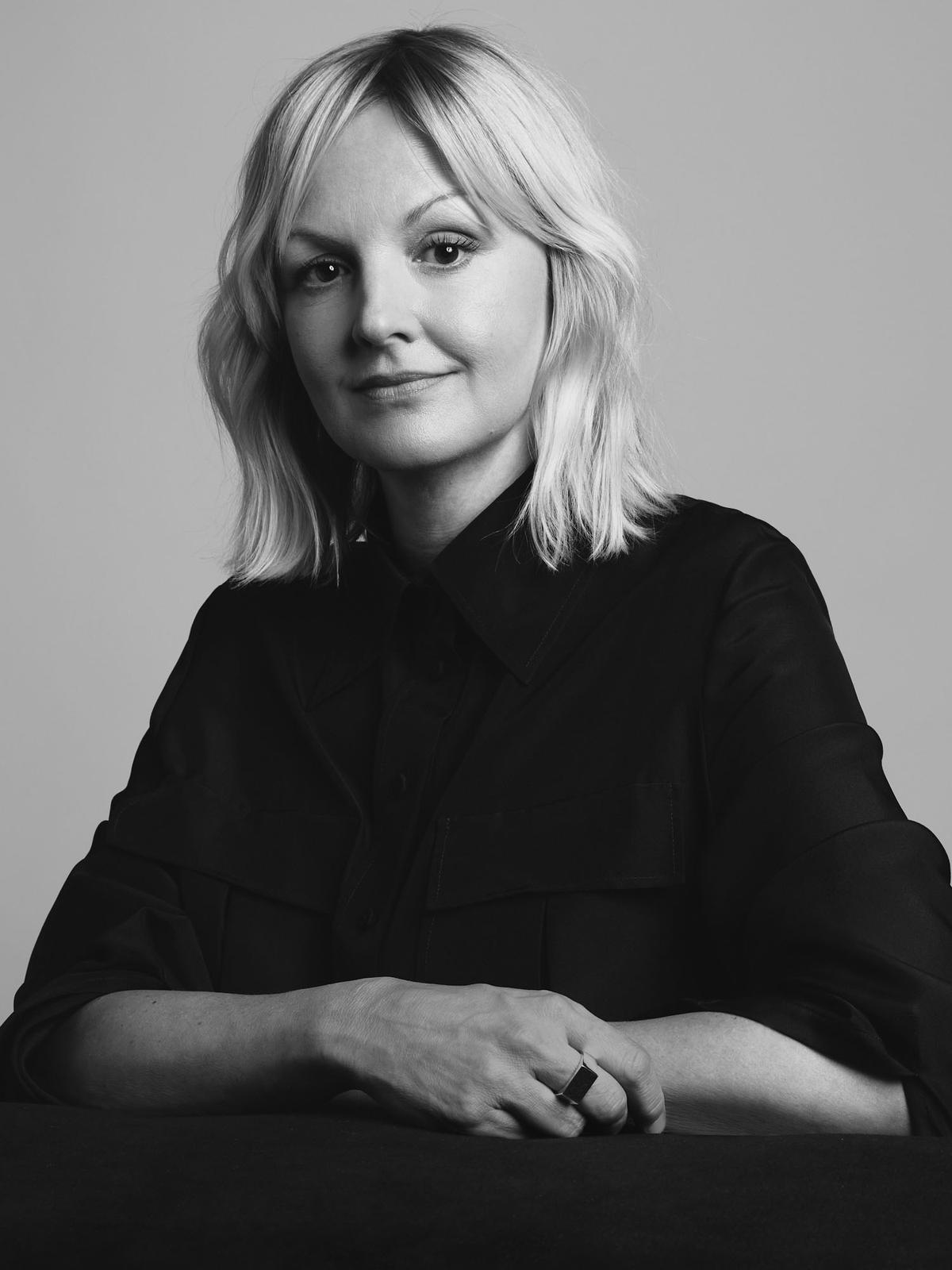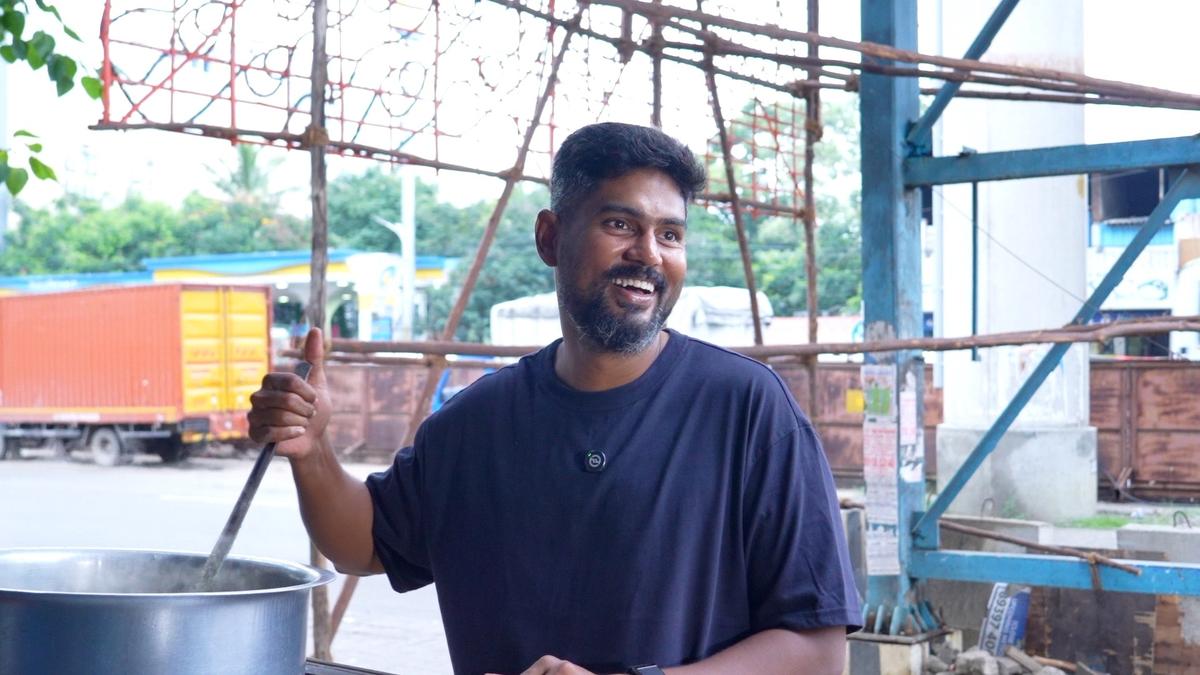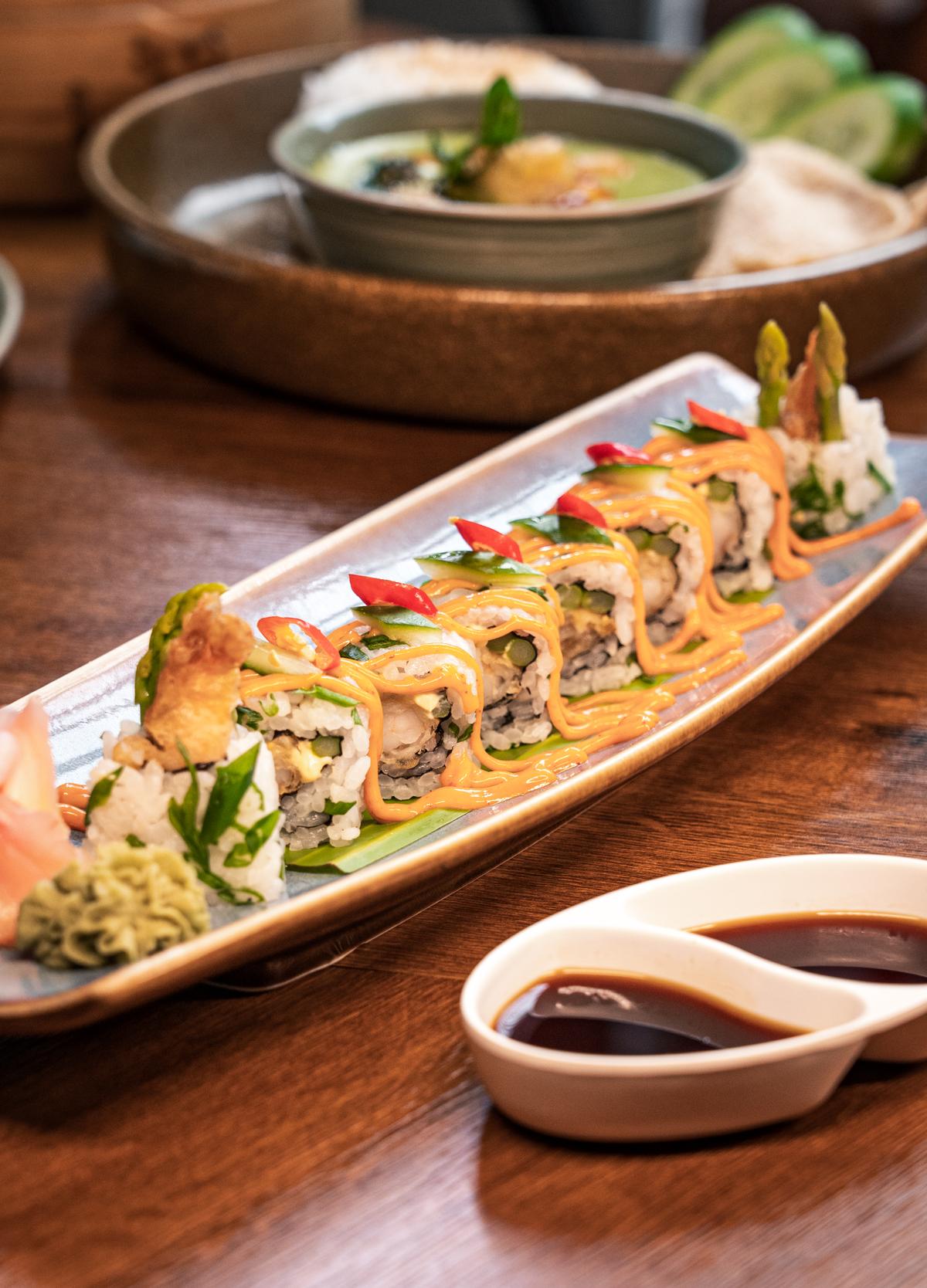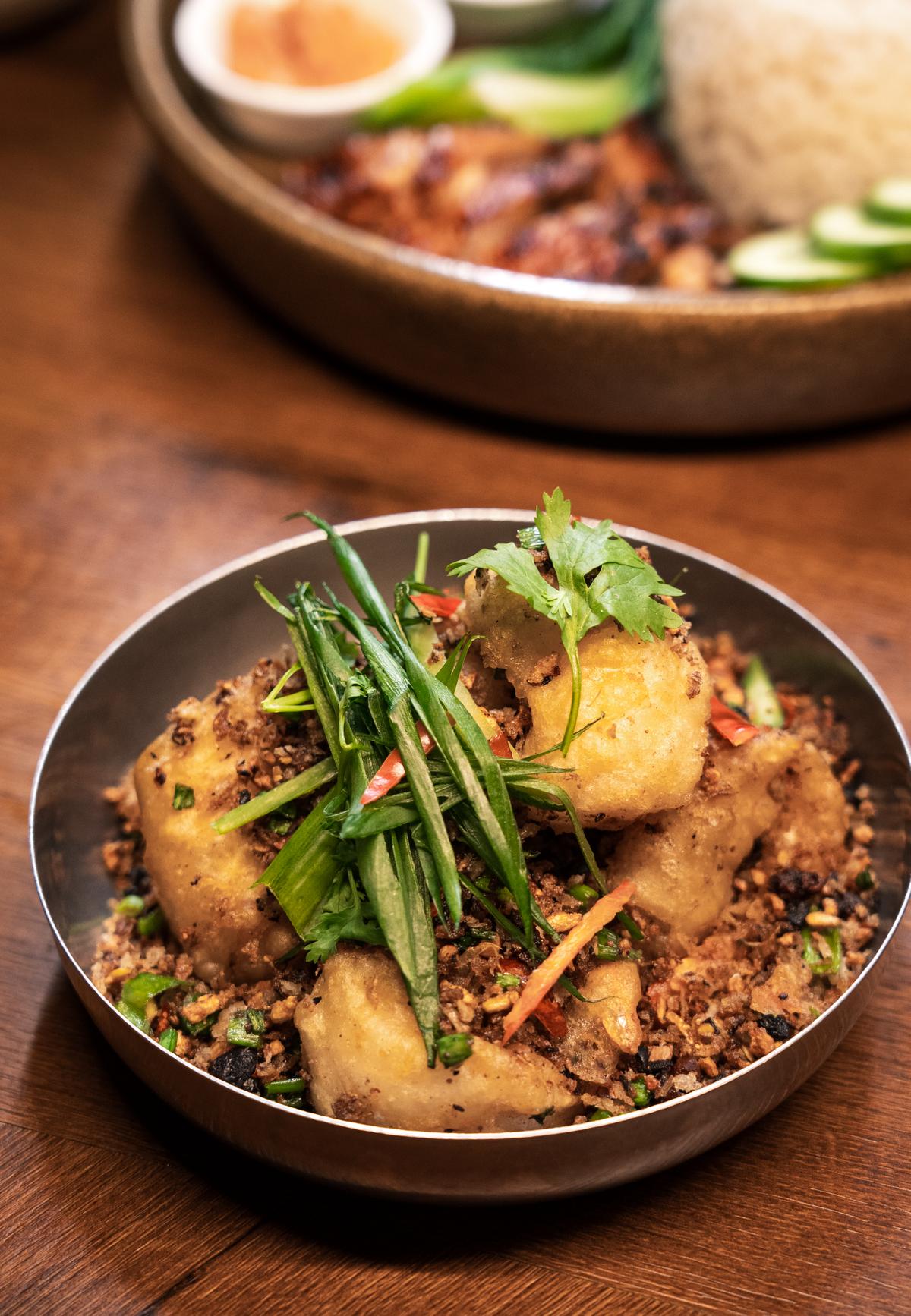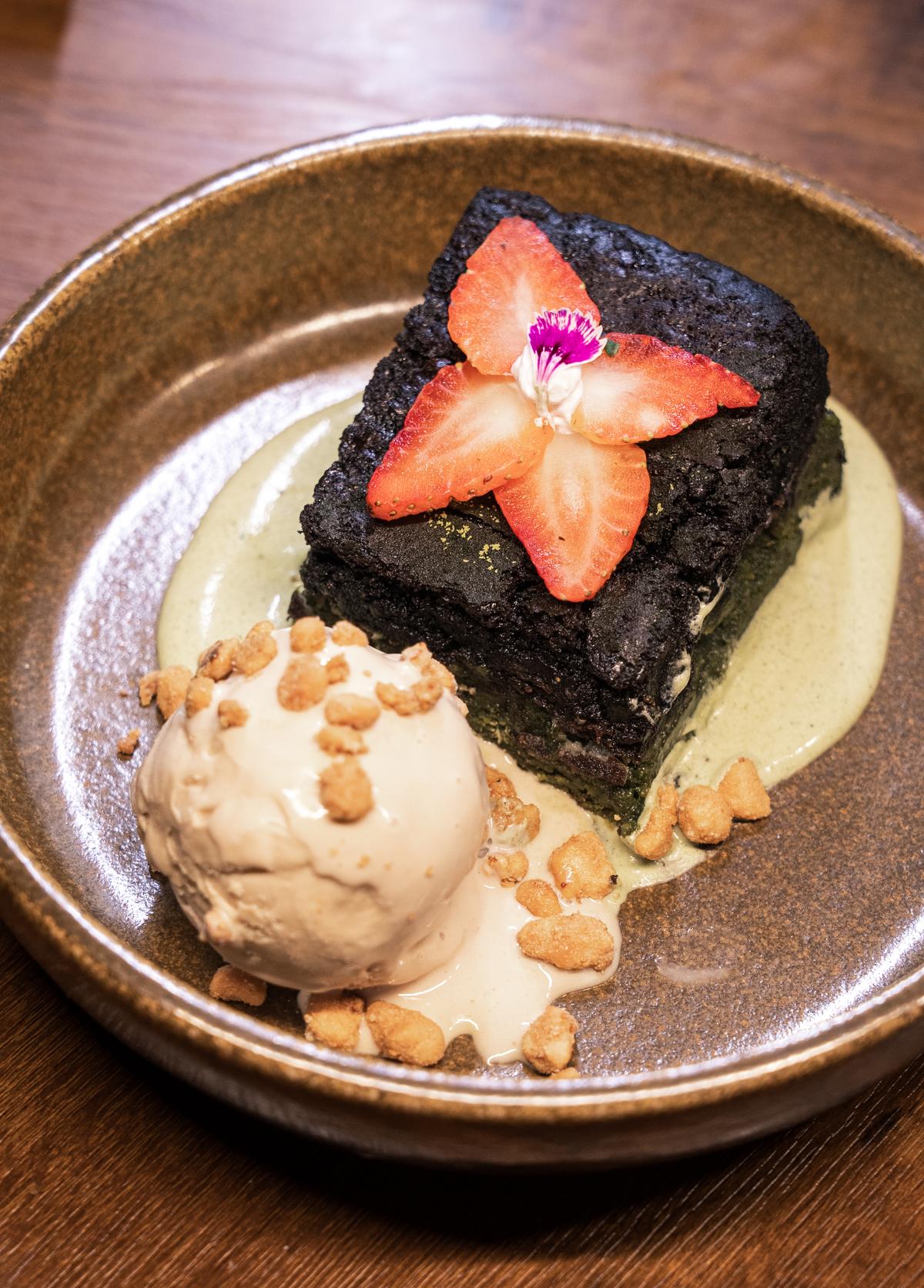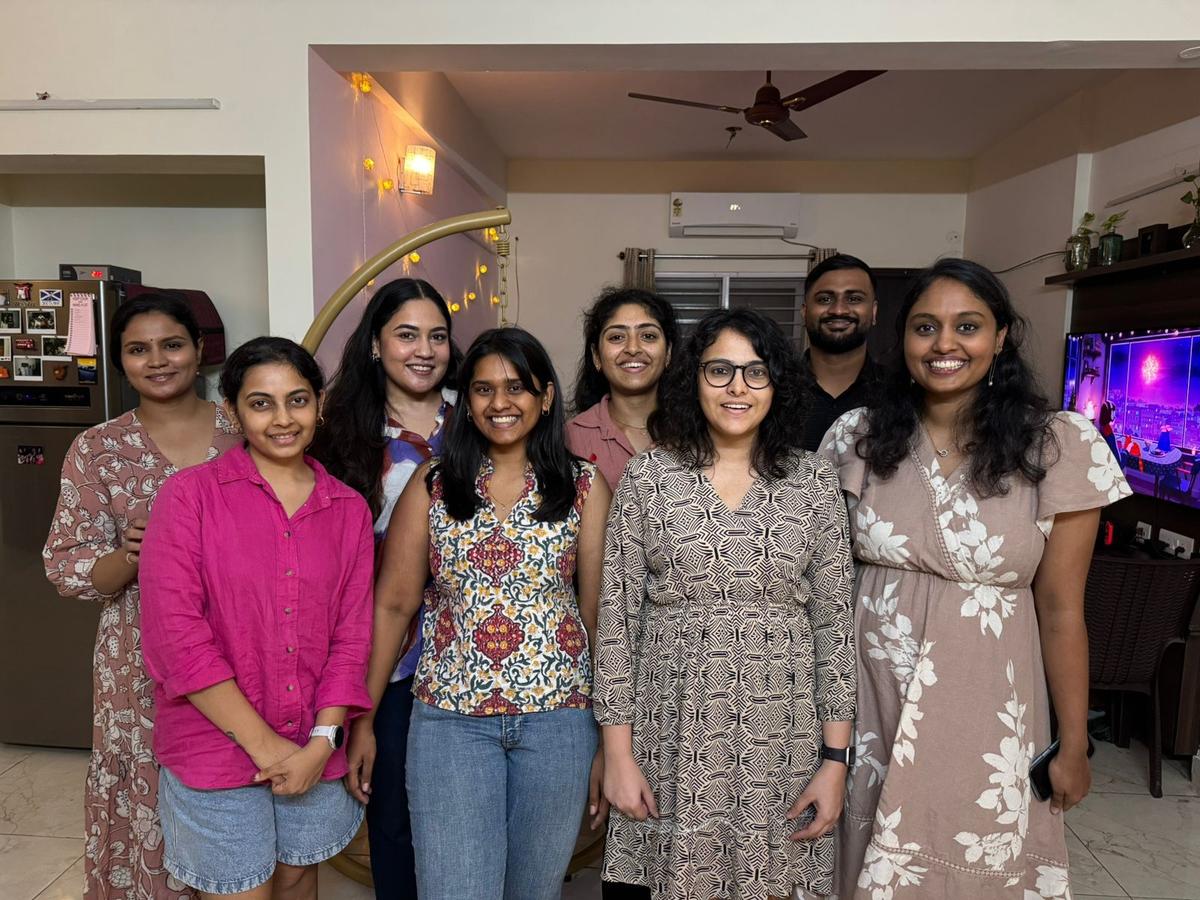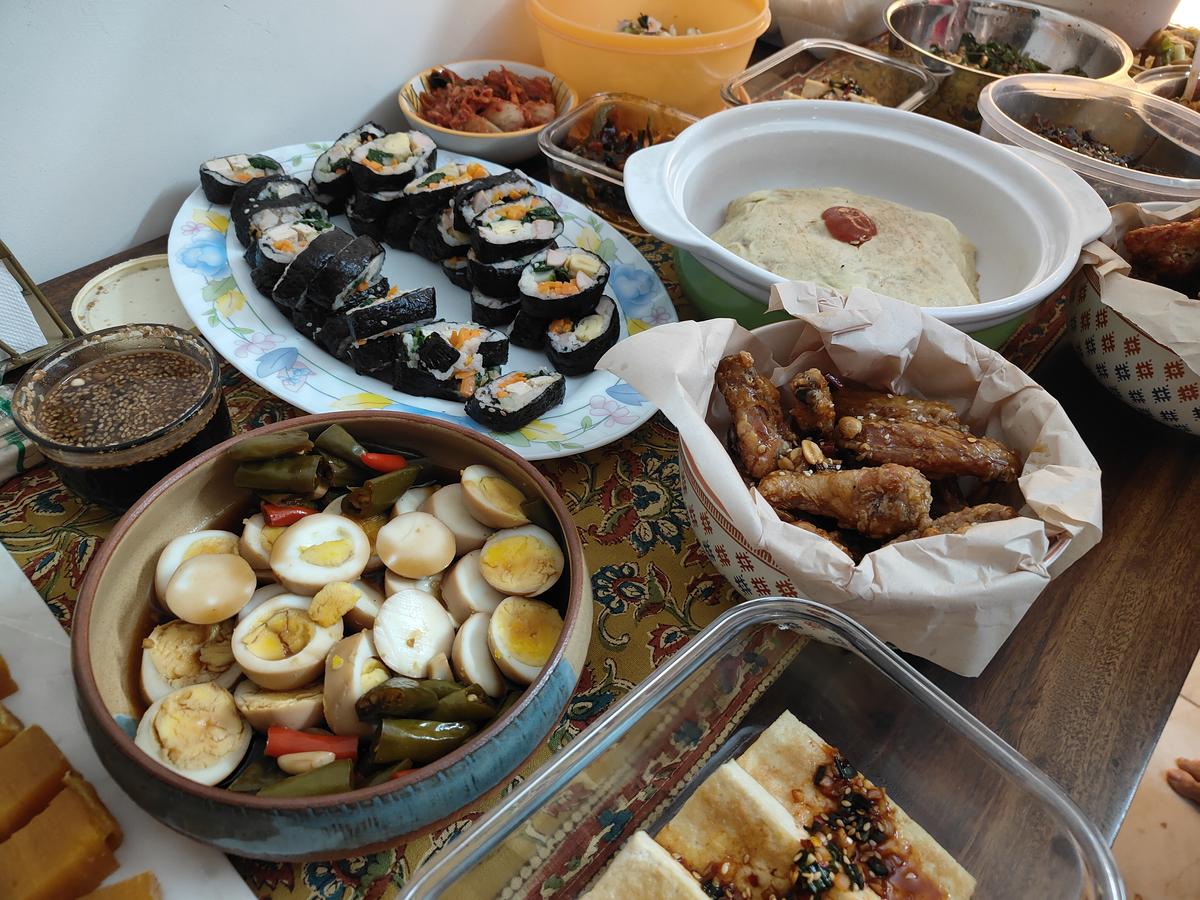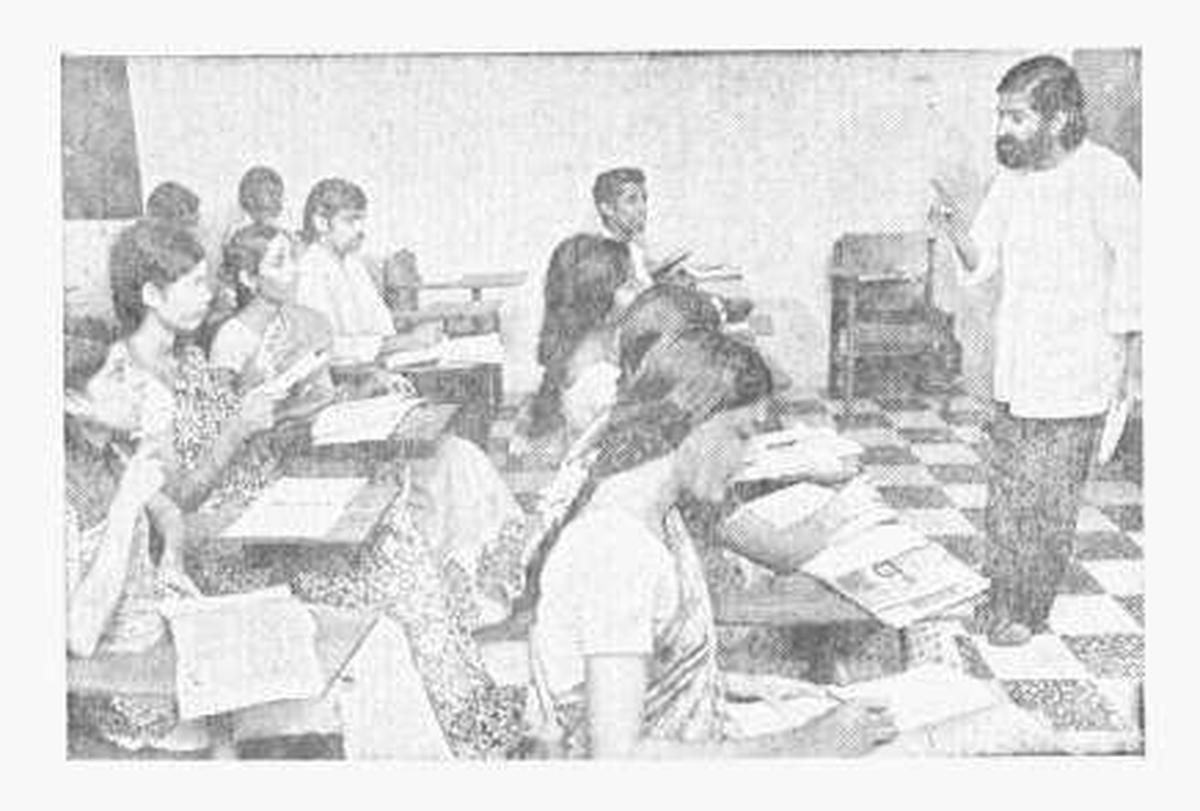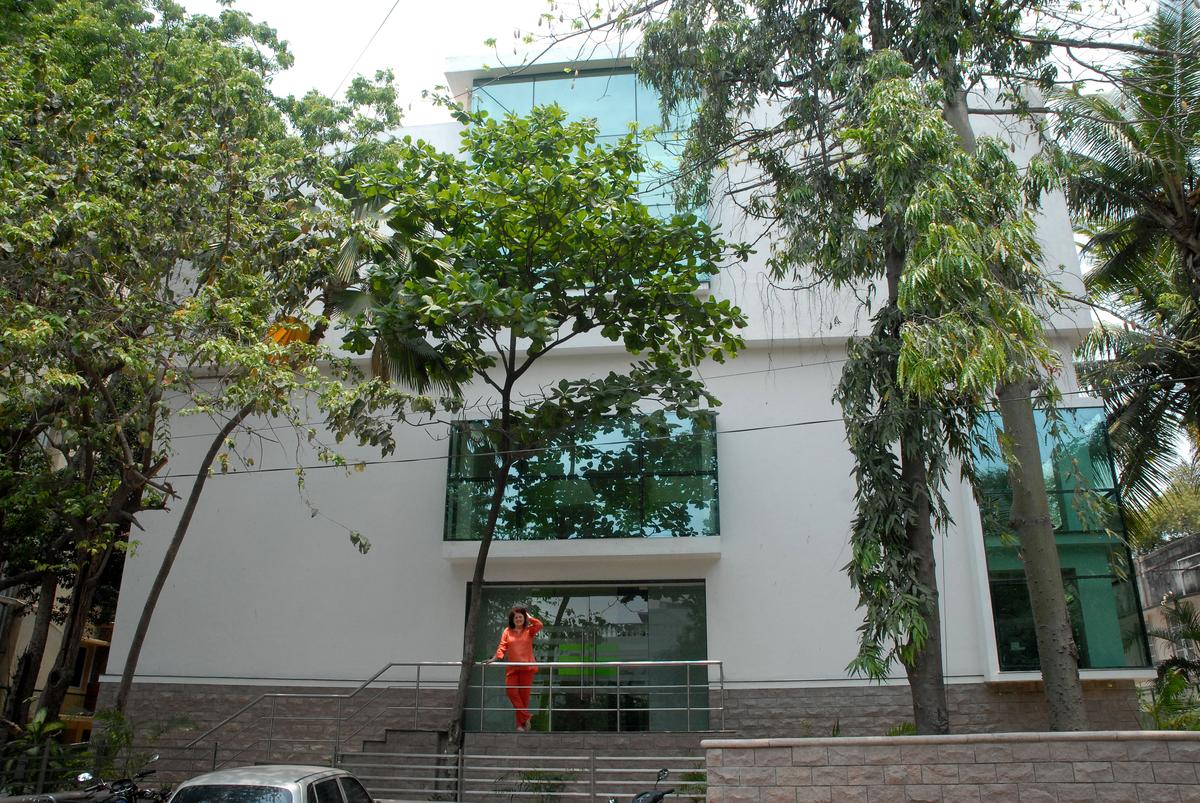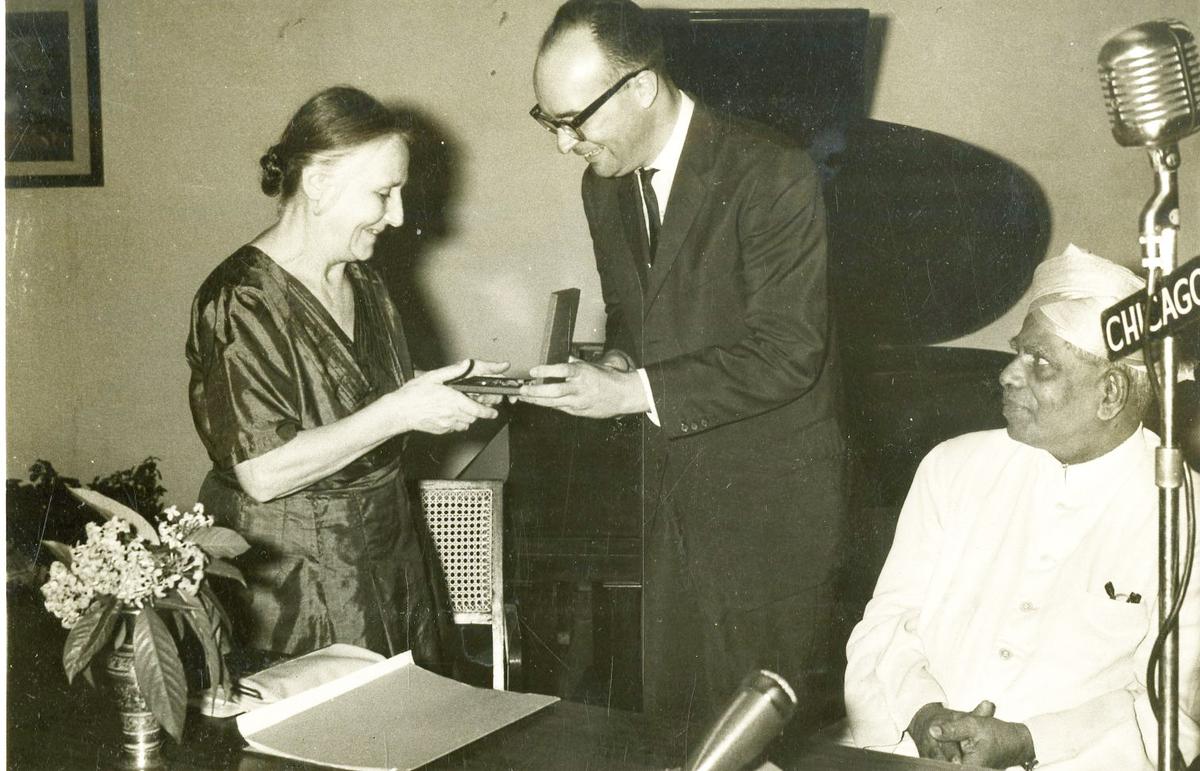Imagine scrolling past a pen-and-ink sketch of Nagarjuna in Coolie, a seven-spotted ladybug, a 3D reproductive system, or even a quilted butterfly — all crafted within the space of an inch. That is the premise of the ongoing #AnInchAugust challenge on Instagram. Now in its eighth year, the initiative by Hyderabad-based architects Meghalika Panduru and Neha Sharma has become a pocket-sized stage for boundless creativity.

Creative challenge
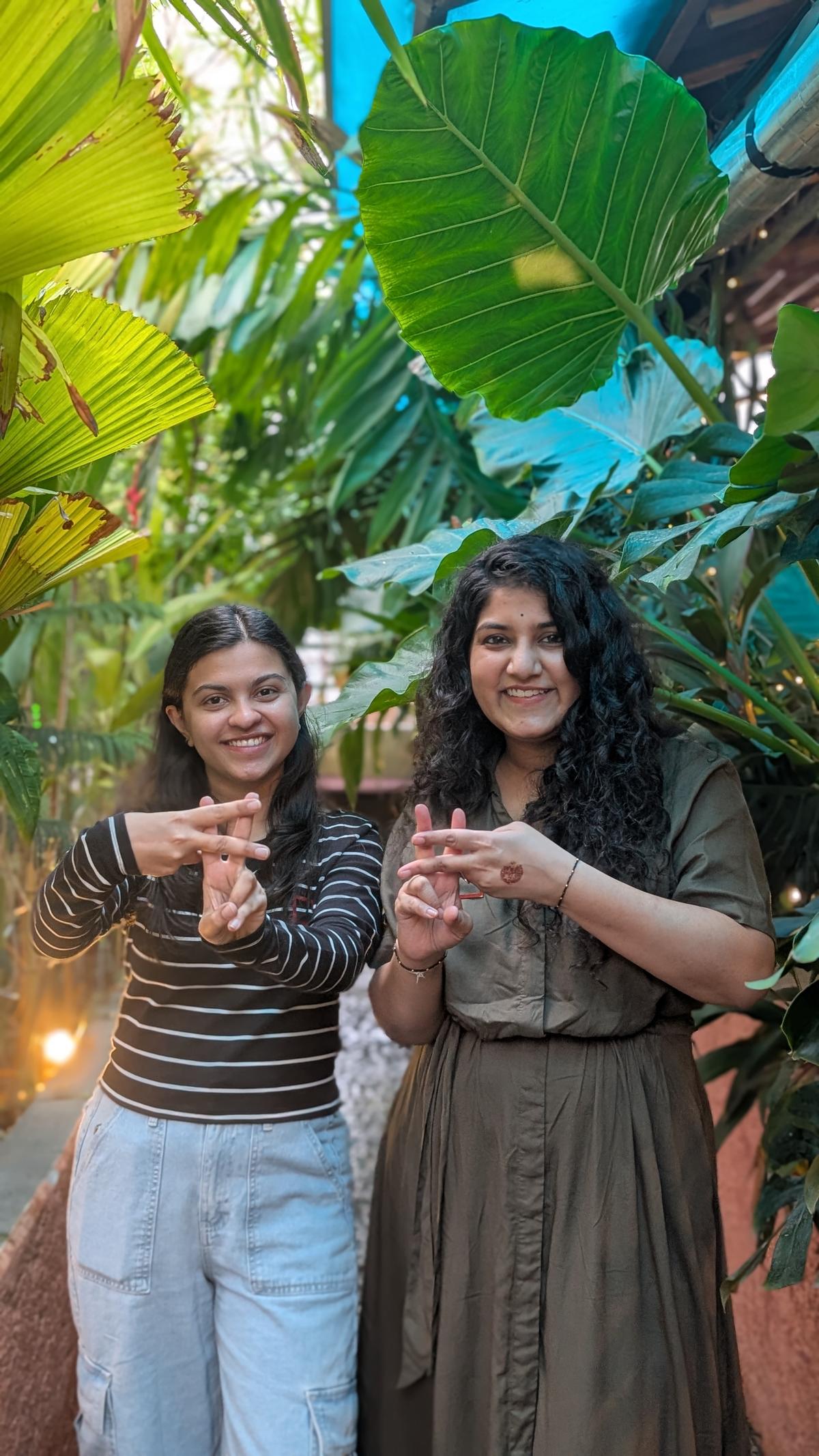
Meghalika Panduru and Neha Sharma
| Photo Credit:
Special arrangement
The duo first met as colleagues at Shankar Narayan Architects in Secunderabad, where a shared love for art drew them together. “Architecture is a creative field, but it can slip into monotony with deadlines and client briefs — play was missing in our work-life balance,” recalls Meghalika. Neha adds, “We were designing for others but never making time for ourselves. We wanted to return to the simple joy of sketching, scribbling, or colouring for no reason at all.”

Art soon became a mode of self-expression. But the idea was not just to keep their creativity alive. It was also about pushing themselves, and like-minded enthusiasts, to make art within a single inch. Why an inch? Meghalika explains, “A big canvas can feel overwhelming. You’re faced with so much empty space to fill that it kills motivation. Working in an inch keeps it playful and doable.”
Love for Nature
The team collaborates this year with Soul Forest India on the theme of ‘biodiversity’. While artists have been showing their love for Nature and biodiversity in an inch, macrophotographers have a great time with monsoon species activity.
With an inch as a canvas, the challenge — post an art work on Instagram everyday with the hashtag #AnInchAugust was open to everyone — those who have an interest in art but do not find the time to pursue it, or people looking for creative hobbies and those who have never tried art in their lives. The choice of August happened organically.
Steady rise

Dragon fly captured by Sarath Chandra Mouli
| Photo Credit:
Special arrangement
Since its first year in August 2018, the community grew making space for macro photography the following year, (particularly insects and small life on earth). “Photographers Peteri Prashant and Durga Shankar have been among the first ones to participate in macro photography and encourage others as well. People have also tried their hands at digital painting,” says Neha, who is now a consultant with Soul Forest India and drew Madhubani art, elements of Nature and her favourite emojis.
With around 8,000 posts so far, participants have tried diverse themes, mediums, and styles such as pencil sketching, colour pencil sketching, painting (water colours, acrylic, oil paints, and more), sculpting — clay, paper mache, quilling and paper cut art, and even pottery. Micro artworks (engraved in pencil lead) including crochet in an inch also have been explored.
New initiative
Tirupati’s art and photography community too has taken up this challenge. Art lovers of the town and members of Urban Sketchers Tirupati host ‘Aninchaugust Tirupati Edition’ and celebrate the sacred town’s culture.
Meghalika, who is good at recreating artworks by other artists, says, “Even though I was copying others’works, the perspective was different and it was exciting to do it within an inch.”
Collaborations

artwork by Priyanka Reddy
| Photo Credit:
Special arrangement
From introducing Sunday’s themes and art prompts (“Your favourite childhood memory, movie and food.”) and collaborating with groups like Beyond Hyderabad to organising meet-ups, the challenge experimented with ideas to sustain the interest. The team displays works of the participants at a venue (it was held at a cafe and T-Works as the community grew) on the last Sunday of August. To be held on August 31 this year, the venue is to be decided.

Finally, Meghalika says, the idea of posting a work everyday is to stay motivated and consistent. “If you are unable to post it everyday, there is nothing to lose. It’s only about being motivated and open to creative challenges. One can board this train at any point in August.”

